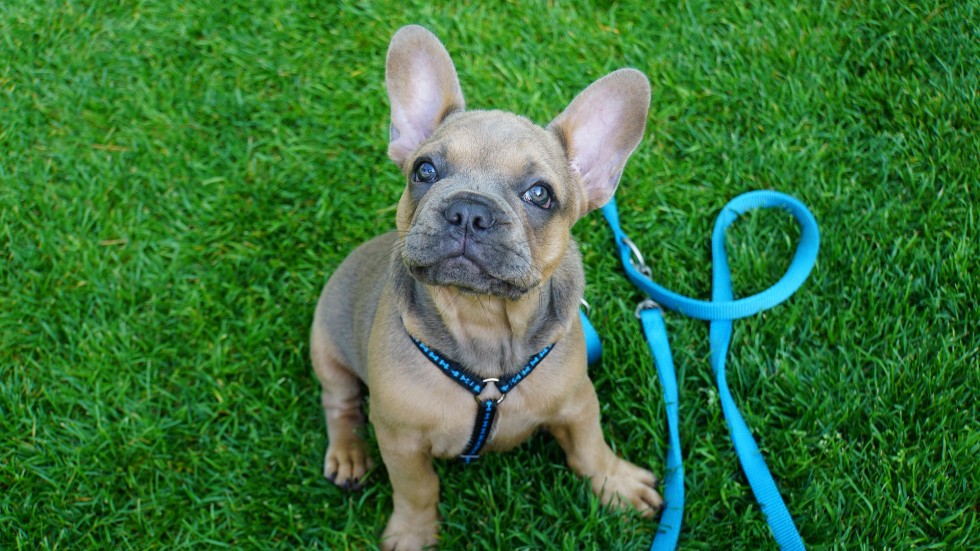If you’ve recently brought a brand new puppy to your house, you’re definitely facing the need to teach it a couple of basic things that will make taking care of him a lot easier. House and leash training (along with potty training) come first.
But, we all know that all dogs absolutely love walking, and some of them just need a couple of hours of exercise every single day.
And, before buying or adopting a dog you need to make sure that you have enough time to walk him (no excuses will do) or that you find a person (pet sitter or walker) who’d do that when you’re unavailable.
That’s why teaching your little doggy how to behave during the walkies time and training him to walk on a leash without pulling, running away too fast or being stubborn and not wanting to move with a leash on is quite essential.
However, puppies take their time to learn these things. And, as they all have different personalities, you need to figure out what works when it comes to training your puppy.
Some of them are particularly hard to teach. That’s where professional dog trainers and dog training classes will help you.
You may go to HireRush.com to leave a dog training request or contact one of the local pros, as well as use these leash training tips to teach your young and active puppy how to walk on a leash properly.
How to teach your puppy to walk on a leash
1. Harness and leash choice
Find a comfortable harness that would go not only around the puppy’s neck, but also hug his body and provide extra walking comfort to your pet.
The standard harness (especially for dogs of smaller breads) featured back leash clipping.
But, for leash and anti-pulling training purposes, a harness that features two leash clippings (in front and at the back) is probably the best version. It provides the dog owner with much more control over the puppy’s movements while being just as comfortable for the animal as the previous one.
Besides, you need to have a couple of leashes of different lengths to train your puppy how to walk closer to you and how to behave when he has a little bit more freedom to run around. However, you’ll start your leash training with a shorter one.
2. Introduce your puppy to harness/collar and let your pet get used to it
Do that way before your first official walk. Let your doggy wear it for a little while when he runs around the garden or goes out to the toilet.
Put the harness on before home training sessions or when your puppy wakes up from his nap to make him wear the harness during the active time.
If you notice that your puppy pays too much attention to his collar/harness, scratches his neck trying to get rid of it, you need to distract your doggy. Engage him in a fun game, pull out a couple of his favorite toys to make your pup forget about the harness at least for a little while.
When you let your puppy into the garden, try to walk him on a leash for a few of minutes a couple of times every single day. This way your doggy will start getting used to the fact that he can’t always go wherever he wants to.
After a couple of days of such practice, your puppy won’t mind having a harness/collar and leash on.
3. Train your puppy to respond to the cue call
That will be quite useful when your dog finds a source of distraction (or trouble) and starts running towards it.
It’s better to cue train your puppy inside, where no loud noises will distract him.
So, choose the word (or sound), put the harness and leash on your pup, and say that word. You puppy will be attracted by that noise. And he’ll turn his head towards you. Beckon your puppy with a treat (or a toy) and praise him when he comes up to you.
Repeat until your dog learns the sound and responds to it.
4. Take short and frequent loose leash training walks
You first walk with your puppy might turn out quite stressful. But, you need to start anyway.
Be persistent, but don’t yell at your puppy and don’t pull him when he doesn’t want to walk on a leash. Walk in front of him to encourage your pet to follow you, make a treat trail and leash walk your puppy along it, etc.
Throw your puppy’s favorite toy to make him walk while being on a leash. If your little one starts running to fast, just stop, make a few steps back and use the cue word to make your puppy go back to you.
If your puppy pulls on the leash and doesn’t walk next to you, just freeze on that same spot. Don’t pull, don’t tag on the leash. Just don’t go anywhere, until your pet calms down and comes back to your side.
Repeat, repeat, repeat and practice.
5. Encourage your puppy and set pup-desired goals
Sweet words, petting and favorite treats will let your puppy know that he does great and will make him continue doing so to satisfy the owner (and, of course, to get something tasty).
Don’t demand everything at once, as leash training is essentially teaching your puppy how to walk in a different way. And that can’t be done immediately.
After some time, your puppy will understand what you want from him and you won’t need to give him too many treat hints.
But, even when your puppy gets better at leash training, don’t forget to praise him for his good behavior. Dogs love to satisfy people. Why won’t you give them something back?





